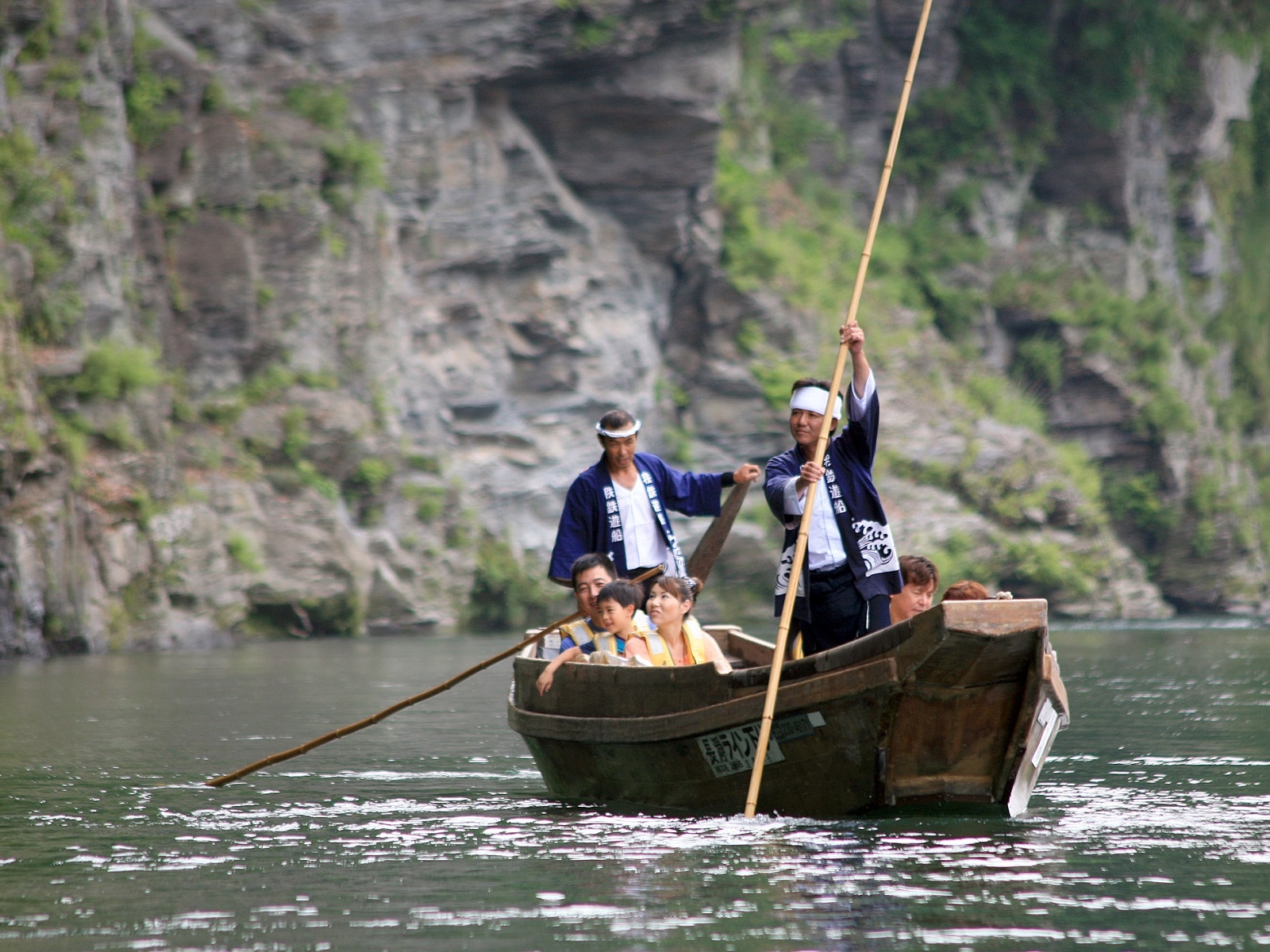
Kawagoe, Demon Slayer Rice Field Art, & Nagatoro River Cruise Tour
- See the largest rice field art in Japan, this year's theme is the super popular anime "Demon Slayer"!
- The representative attraction of Koedo "Kawagoe" "Hikawa Shrine", where you can enjoy the beautiful scenery of the wind chime tunnel limited to summer
- The ema tunnel and super effective fortune-telling in Kawagoe Hikawa Shrine are also not to be missed
- Take a thrilling Nagatoro cruise! Experience the magnificent natural valley scenery on both sides of the river on the boat
Options
Kawagoe, Demon Slayer: Kimetsu no Yaiba Rice Field Art, and Nagatoro Cruise Day Tour
Inclusions
Admission to: Nagatoro Cruise Fees
Admission to: Entrance fee to the Ancient Lotus Village
Chinese / Japanese-speaking guide
Round-trip transfers
Toll fees
Parking fees
Fuel fees
Insurance provided by the operator
Exclusions
Meals and beverages
Other personal expenses
Personal insurance (recommended before departure)
Additional Info
Free for children aged 0-2 as long as they will not occupy separate seats
Children aged 0-11 must be accompanied by a paying adult
Children aged 12+ will be charged the same rate as adults
This activity requires a minimum of 20 participant(s). If the minimum is not met, you can book an alternative date or request a full refund
If affected by traffic congestion, facility maintenance, etc., the itinerary or the duration of stay at each attraction will be adjusted
Please reserve time to arrive at the meeting point. The bus will depart on time. If you are late, you will not be waited for. If you leave the group midway, it will be deemed that you have automatically given up the unfinished itinerary and no additional refund will be given.
If you have any questions about the meeting point, please consult the supplier in advance. The on-site staff will not contact guests who fail to arrive on time.
The tour includes a lot of walking, please wear comfortable clothes and shoes
The tour guide can communicate in Chinese and simple English. No off-board tour guide is provided, but relevant precautions and introductions will be given on the bus.
This group is for Japanese and overseas tourists to ride together. If there are less than 20 overseas tourists, we will notify you separately to change the tour leader to a Japanese one. Please be aware of this. If the tour leader is changed to a Japanese one, he will provide Chinese or English precautions and tour points. The tour leader can communicate in Japanese and simple English, but will not provide a tour guide when getting off the bus. Please be aware of this.
For more details about rice field art, please visit Official Website
Luggage allowance: 1 pieces of standard-sized luggages
What's included in Kawagoe, Demon Slayer Rice Field Art, & Nagatoro River Cruise Tour
(Subject to Option Inclusions)- Departure: Meet the operator at 07:30. Enter your preferred location at checkout. The operator will make the final confirmation accordingly. Meeting time: 07:15 Departure time: 07:30.Latecomers or no-shows can't be refunded Please arrive at the location 15 mins before the departure time
- [Attraction/experience] 10:00, 2 hour(s), Self-guided, Nagatoro Line Kudari, Arrive at the "Nagatoro Cruise" meeting point (free time after the cruise and lunch at Nagatoro Shopping Street, please arrange for yourself, stay for about 120 minutes)
- [Attraction/experience] 13:20, 1 hour(s), Self-guided, Kodai Hasu No Sato (Ancient Lotus Park), Arrival at the Ancient Lotus Village (free visit, stay for about 60 minutes) ※ Past works are for reference only
- [Attraction/experience] 15:10, 1 hour(s) 30 min(s), Self-guided, Kawagoe Hikawa Shrine, Kurazukuri no Machinami / Little Edo Warehouse District, Arrive at Kawagoe Hikawa Shrine and Kawagoe Old Town (free time, stay for about 1 hour and 30 minutes)
- [Return] 17:45, at Shinjuku Station,

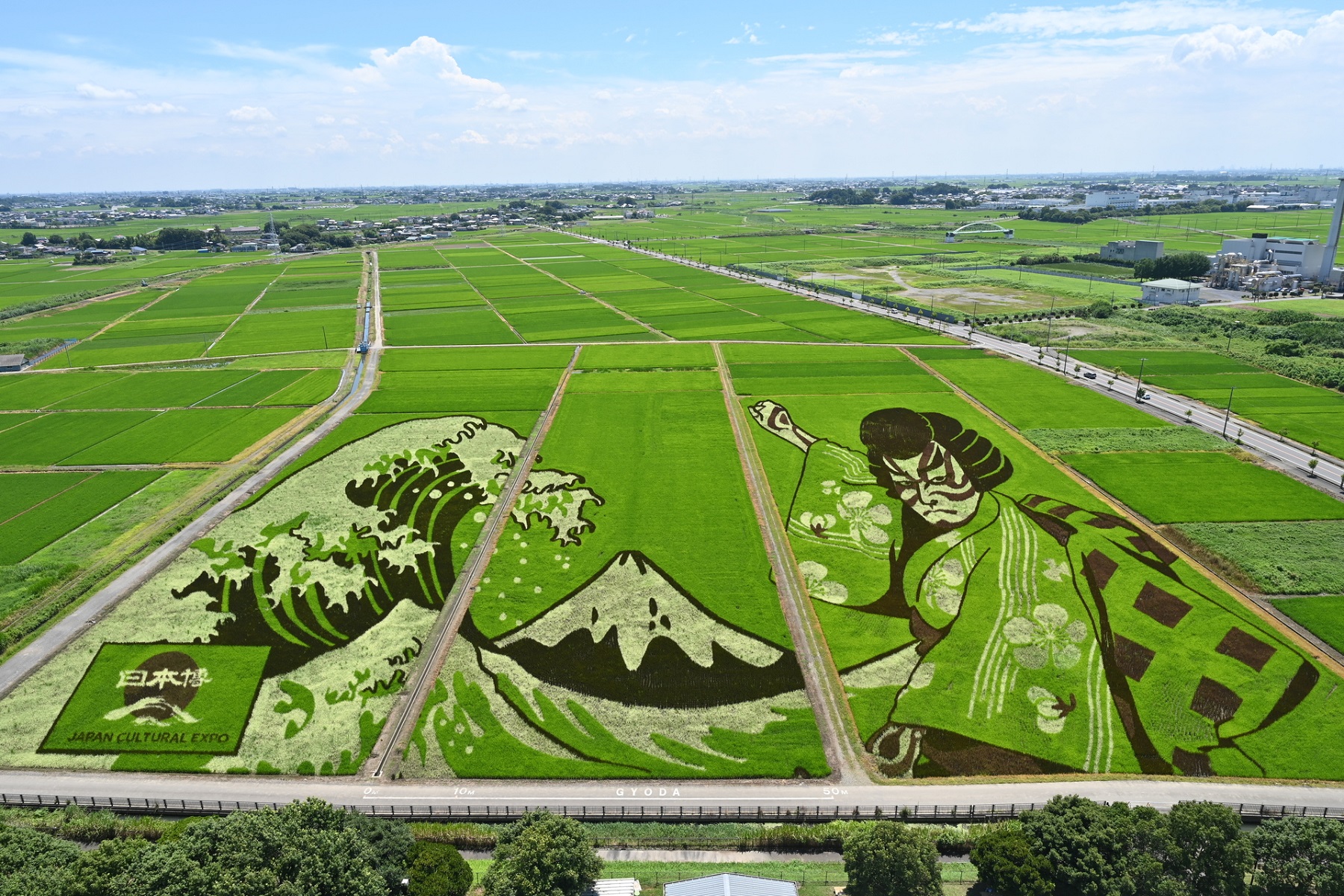
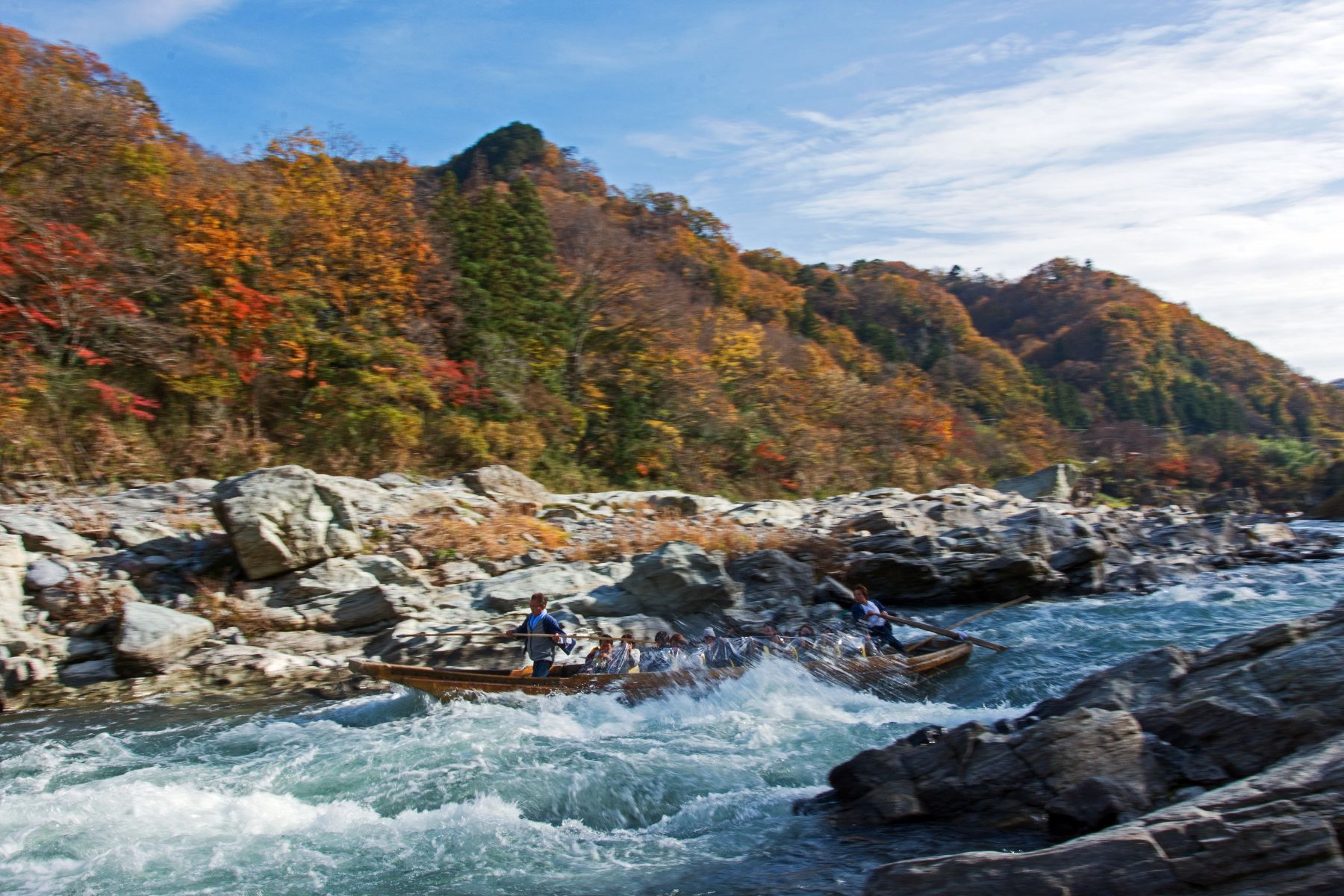
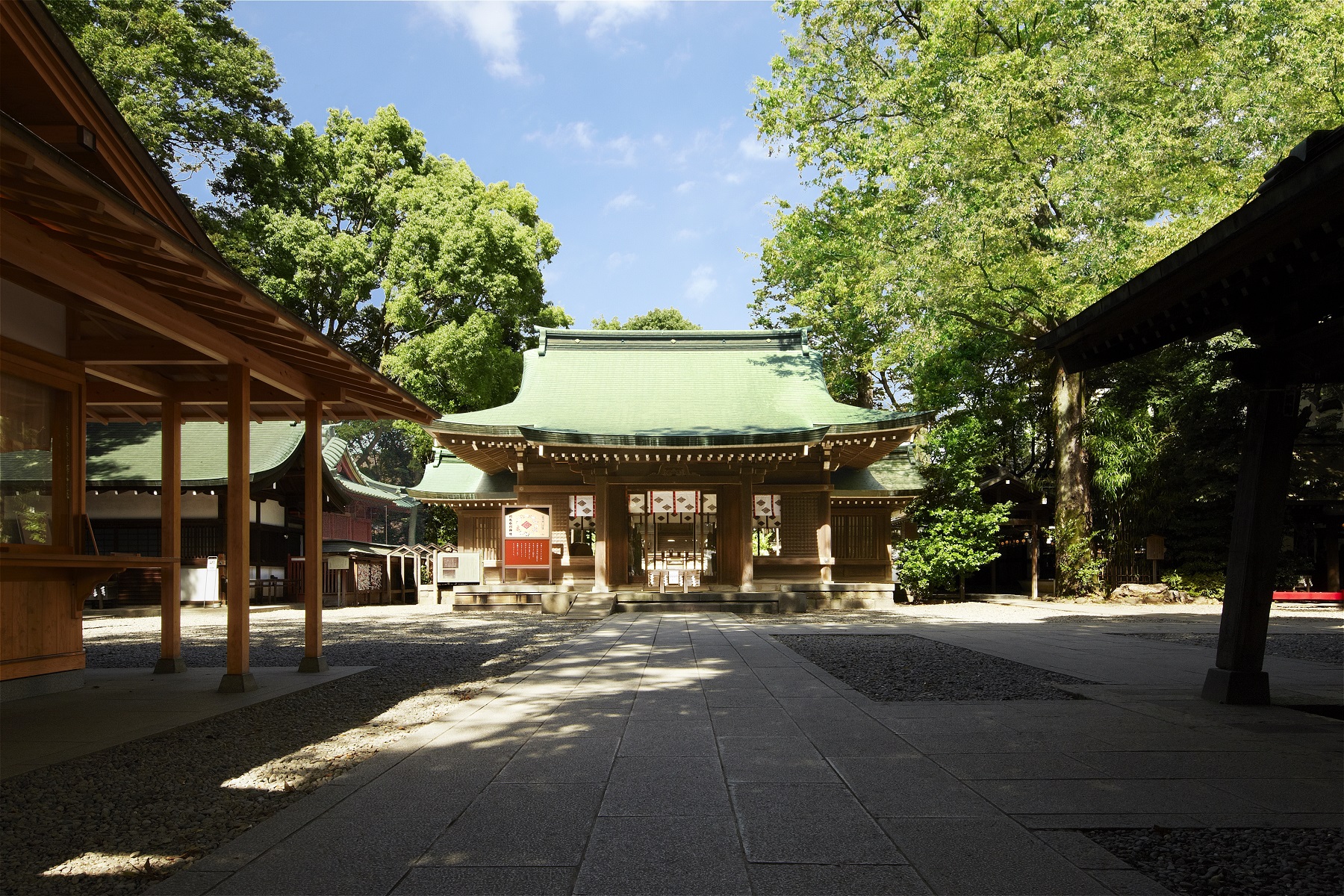
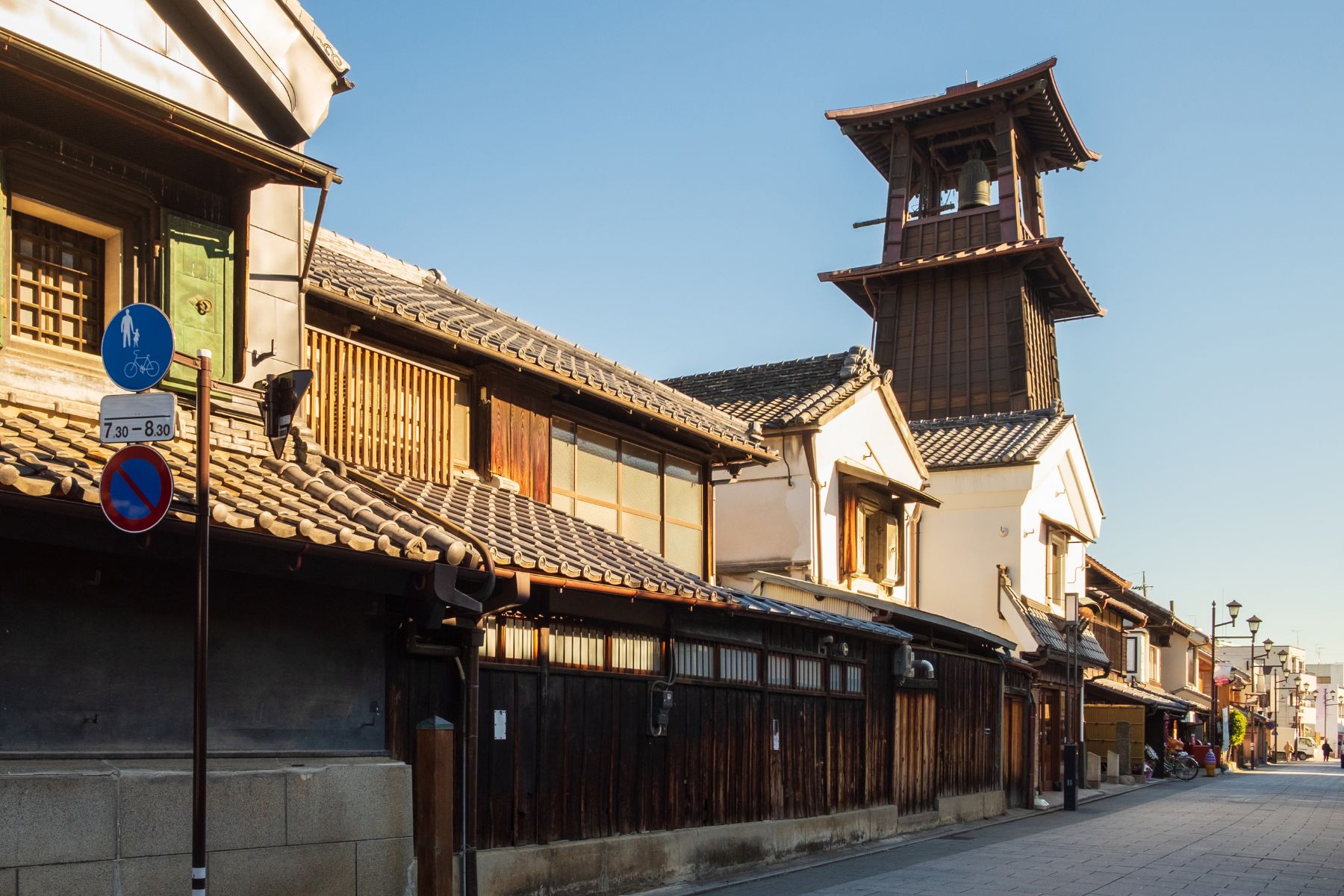
Our Favourites
-
The world's largest scale! Gyoda City Rice Field Art × "Demon Slayer: Kimetsu no Yaiba the Movie: Mugen Castle"! In Gyoda City, Saitama Prefecture, which is known as the land of rice, spectacular rice field art blooms in the vast paddy fields every summer and autumn. This year's theme is even more exciting - in collaboration with the highly anticipated "Demon Slayer: Kimetsu no Yaiba the Movie: Mugen Castle", the protagonist "Tanjiro Kamado" will be presented on the world's largest rice field canvas! This giant rice field painting covering an area of about 2.8 hectares was certified by the Guinness World Records as the "World's Largest Rice Field Art" as early as 2015. It is one of the most representative summer landscapes in Gyoda City. In 2025, as the first film of the "Demon Slayer" theatrical trilogy is about to be released on July 18, the rice field art will also pay tribute to this popular work that has swept the world in a vivid way
-
Kawagoe Hikawa Shrine Kawagoe Hikawa Shrine has a history of about 1,500 years and is best known for protecting love and praying for fate. The god enshrined in Hikawa Shrine is the "God of Harmony and Fate". Many lottery and matchmaking ideas related to it can be seen in the shrine. In addition, the most famous thing in the shrine is the tunnel composed of "Ema" with everyone's wishes written on it, which is a well-known check-in hotspot! In addition, every summer, Kawagoe Hikawa Shrine holds the "Wind Chime Festival", where more than 2,000 Edo wind chimes are hung in the area. Visitors can write down their wishes on small pieces of paper and hang them up.
-
Little Edo Kawagoe Kawagoe City in Saitama Prefecture retains the feelings of the Edo period, where you can experience the customs of the four eras of Meiji, Taisho, Showa and Heisei. The most famous is the "Toki no Chime", the symbol of Kawagoe, which has been responsible for telling time since the Edo period and is deeply loved by local people.
-
Nagatoro Cruise Nagatoro is most famous for its amazing cliff terrain, and one of the most representative landscapes is also called "Iwataki". It is famous for the scenery of huge layers of crystallized schist. When you take a cruise, you can appreciate the magnificent cliffs carved by the river up close.
Meet
Venues
- Kodai Hasu No Sato Ancient Lotus Park


